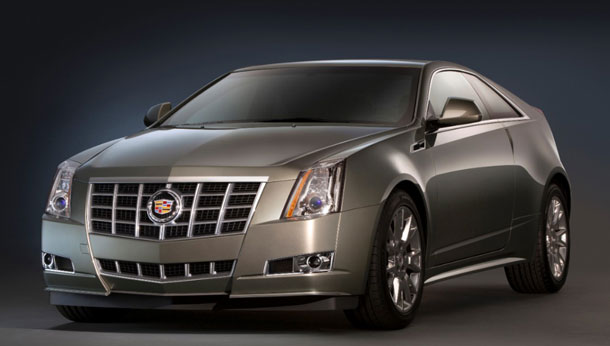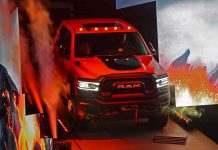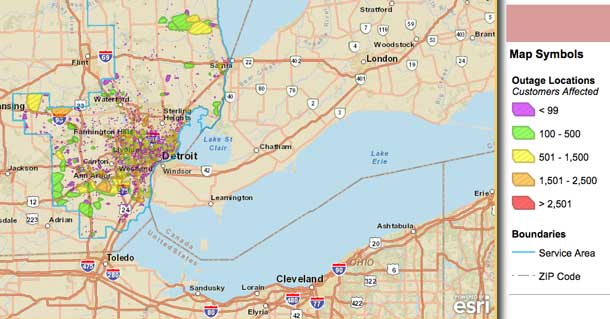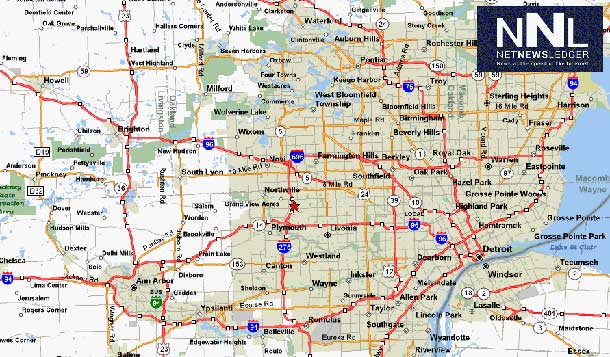Cadillac Twin-Turbo intercooler design builds on experience
DETROIT- The Cadillac is one of the best known brands in the world. The design of this iconic car continues to provide growth to the brand, and widen the appeal of the Cadillac to an ever youthful market.
“The Cadillac Twin-Turbo intercooler design builds on our experience with the 6.2L supercharged engine used on the current CTS-V Series,” commented Richard Bartlett, Cadillac assistant chief engineer for the 3.6L engine. “That means more performance for drivers without sacrificing efficiency.”
“By creating a very short path from the turbos to the throttle body, the compressors are able to draw air directly from the inlet box and send pressurized air through the intercooler immediately,” said Bartlett. “This gives the driver a more immediate feeling of power on demand.”

Cadillac’s first-ever Twin-Turbo, available on the 2014 CTS Vsport midsize luxury sedan and XTSVsport full-size luxury sedan in the U.S. this fall, kicks turbo lag to the curb with a unique combination of smaller turbochargers, top-mounted throttle body and shorter air pathways.
The Cadillac Twin-Turbo V-6’s patented air flow design, which eliminates circuitous heat-exchanger tubing, makes the most of engine packaging efficiency to improve torque response time over other air flow designs.
Rated at 420 horsepower in the all-new 2014 CTS Vsport and paired with Cadillac’s first eight-speed transmission, the Twin Turbo is one of the most power-dense engines in the midsize luxury sedan segment, rated at an SAE-certified 420 horsepower (313kw) and 430 lb-ft of torque (583 Nm). Air flow routing volume is reduced by more than 60 percent when compared with a conventional design that features a chassis-mounted heat exchanger. The water-to-air cooler system achieves more than 80 percent cooling efficiency with only about 1 psi (7 kPa) flow restriction at peak power for fast torque production.
Using two smaller turbochargers rather than a single, larger turbo also helps ensure immediate performance because smaller turbochargers spool up quicker to generate horsepower-building air pressure that is fed into the engine. An integrated charge air cooling system also contributes because the compressors blow through very short pipes up to the intercooler.
The single, centrally located throttle body atop the engine controls the air charge from a pair of turbochargers after the temperature is reduced in the intercooler. This design fosters more immediate torque response and reduces complexity by eliminating the need for a pair of throttle bodies.
Together, smaller turbochargers, top-mounted throttle body and shorter air pathways help sustain peak torque over a broad range – 1,900 to 5,600 rpm – for a confident feeling of power in almost all driving conditions, such as accelerating or overtaking traffic on the highway.






